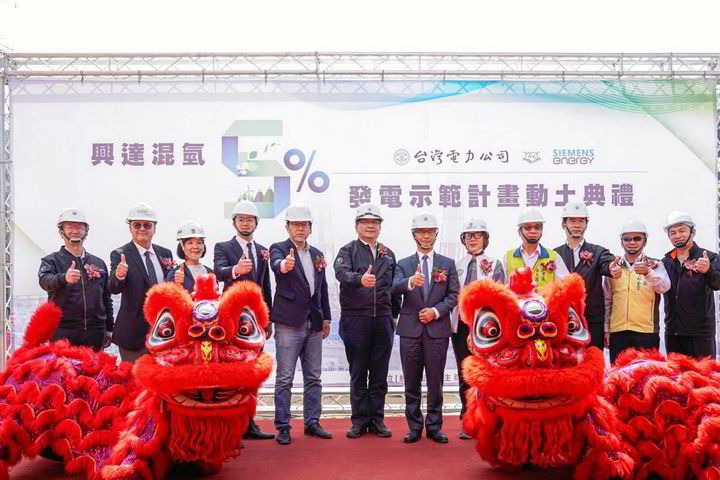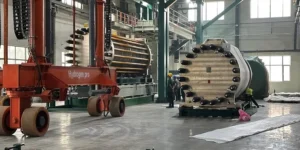Taiwan sets $125m budget to co-fire 5% hydrogen in fossil-gas power plant for two years

Taiwan’s executive branch has budgeted NT$4.061 billion (US$125.6 million) over two years for a hydrogen co-firing demonstration project at the Hsinta Power Plant, according to a report from local newspaper Taipei Times.
State-owned utility Taipower began construction work in February on the pilot, which will initially see 5% hydrogen blended into the fossil-gas supply at one of the power plant’s five 442MW gas-firing units, which will use a Siemens Energy gas turbine.
In February, the utility said that it would be able to commission the equipment by the end of 2023 and start blending in hydrogen from 2024.
While Taipower has also indicated the blend could be increased to 15%, it has not disclosed how much hydrogen the project will need over its lifetime — nor how it will be sourced.
However, the executive branch has reportedly set a target of 9-12% of its power generation by 2050 to come from hydrogen, which it estimates would require 4.35 million tonnes of H2 a year — 3.25 million tonnes of which would have to be imported.
Taiwan’s energy supply is currently dominated by imports of coal and gas, which respectively account for 43.6% and 38.9% of the mix, with renewables trailing behind at 8.7%.
Article continues below the advert
And while the Taiwanese government is developing renewable energy on its territory, including a major push for offshore wind since the 2010s, it is still limited by available land for onshore production and storage.
As such, its government has reportedly contracted Japanese multinational Kawasaki Heavy Industries to provide a feasibility study for a liquid hydrogen (LH2) receiving terminal at the island’s largest port, Kaohsiung, by the end of this year.
Kawasaki Heavy Industries is one of the partners behind the first LH2 carrier, the Suiso Frontier, and the associated trials to ship hydrogen derived from coal in Australia to Japan.
LH2 is generally considered an inefficient method for transporting hydrogen overseas, owing to lower energy density by volume compared to ammonia, the extremely low temperature at which it must be kept, and the need to manage “boil-off”, or gaseous hydrogen generated by hotspots within the storage tank that could increase pressure beyond safe levels.
However, Taipower is also investigating direct co-firing of ammonia with coal, with Taiwan Fertilizer Co. (TFC), the island’s largest liquid NH3 supplier, planning to set up an extra two storage tanks at its Taichung facility beyond its existing 40,000 tonnes of capacity to facilitate annual shipments of 120,000 tonnes a year.
TFC owns a 50% stake in the Al Jubail Fertilizer Company in Saudi Arabia, from which it plans to source clean ammonia supply.
Al Jubail Fertilizer is co-owned by Saudi chemicals firm Sabic, which in June sent its first 5,000 shipment of blue ammonia — made from fossil gas but with emissions captured — to its Taiwanese partner.





